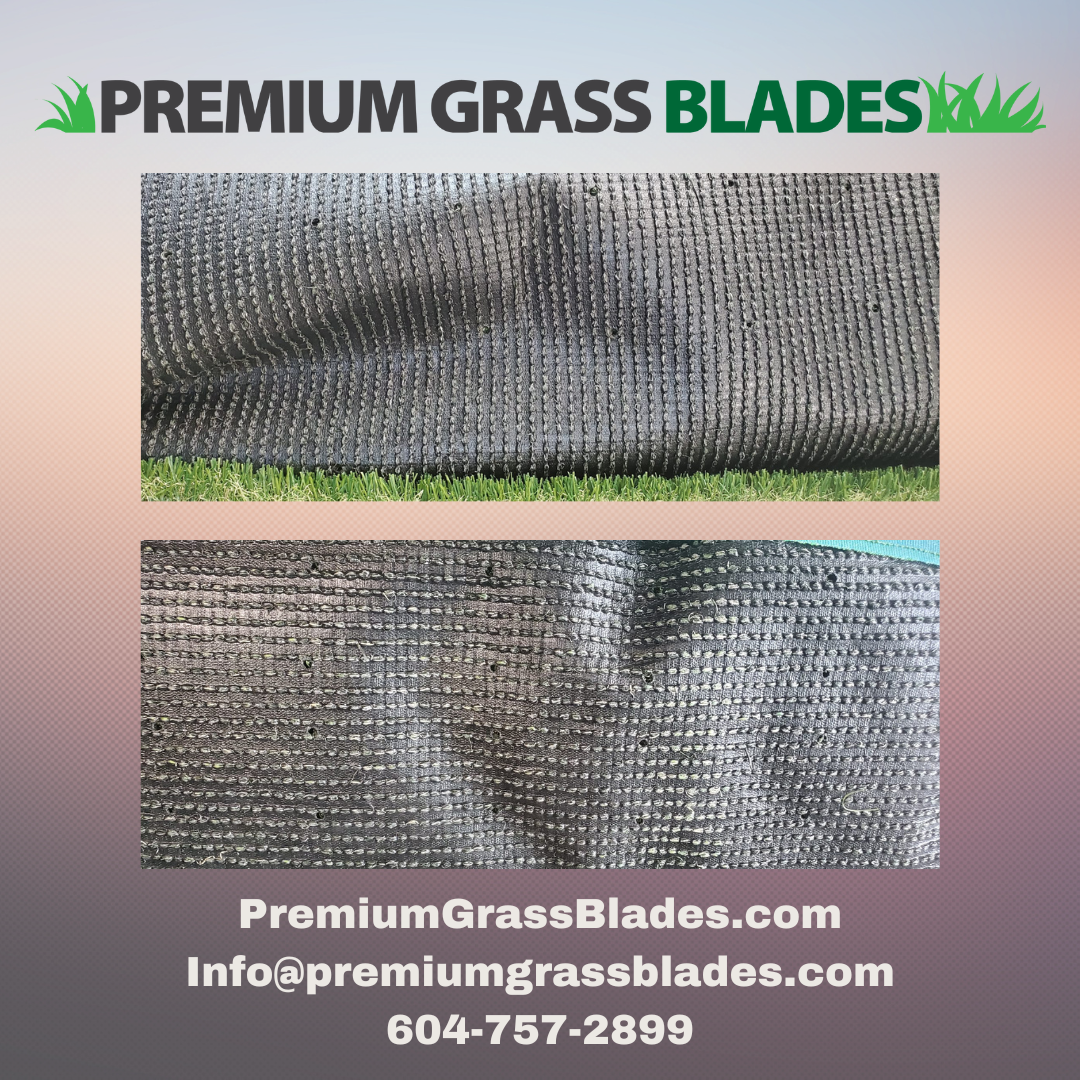
How to Remove Unsightly Wrinkles in your Artificial Grass!
Wrinkling is a common but treatable outcome of transporting and […]
Post Author:
Premium Grass Blades
Date Posted:
June 30, 2022
Share This:
Wrinkling is a common but treatable outcome of transporting and installing artificial grass. Here are some tips on how to remove unsightly wrinkles in your synthetic grass.
Unroll and Warm the Artificial Grass
Unroll and warm the turf, one of the first things you will need to do when beginning the installation process will be to unroll the turf and expose it to the sun for a minimum of one hour. Ideally, you would want to leave it for two hours, allowing the backing material to become less stiff and the blades to relax, releasing the creases.
Removing the Soil from the Installation Site
Excavating Soil and Debris Soil excavation is critical when installing any artificial lawn. Removing the previous soil from the installation site is vital for the application. Natural expansion and contraction due to climate change will occur when using organic soil. This creates instability in your foundation and causes more wrinkles in synthetic turf over time. Generally, at least 4-6 inches of excavation depth is required. Next, put a non-expansive base mixture in place of the soil. During excavation, do not forget to remove organic materials and debris that may be present. After decomposition, debris such as roots and chunks of materials could create gaps in your base, later appearing as divots in your lawn
Subbase Compaction
Subbase Compaction is another critical part of the installation process, compacting the subbase. It would be best to be around 95-98% compaction. Therefore, we suggest installing the base in layered increments measuring about 1-2 inches thick. After each layer, moisten lightly with a hose and go over it with a plate compactor around 2-3 times. This step aims to create a compact foundation for your artificial lawn. A loose foundation will cause unwanted shifting in your synthetic turf.
Installing a Sturdy Perimeter Around Artificial Grass
Securing the perimeter of artificial grass is the most vulnerable part of the installation, which is why it is suggested to install a border. This is especially important for areas that will receive large amounts of foot traffic. A fake lawn without a sturdy perimeter welcomes the chance of wrinkle formation.
Adding Infill to the Surface
Adding Infill to the surface is a crucial step; the infill’s primary purpose is to add weight to the application; it also helps support the blades propping them upright and allows your grass to regulate its temperature changes. While synthetic grass products often expand and contract with changing temperatures, infill helps fight this movement by weighing and holding the turf in place. The amount of infill you will need fluctuates based on density, pile height of the artificial lawn, and foot traffic. At the very minimum, we recommend adding infill at a rate of 2-3 pounds per square foot.
If you’re looking to buy artificial turf, Premium Glass Blades has what you need! We will ensure that your artificial grass is of high quality, and we’ll also help you take care of the installation for an affordable price from one of our suggested contractors. Reach out today and see how we can help! Check out our Facebook for more suggestions.


